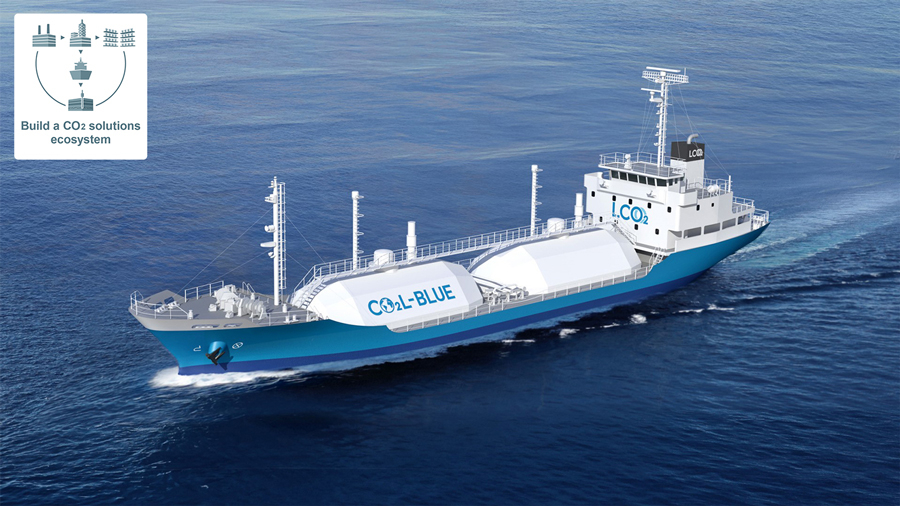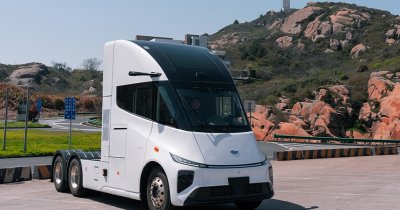In order to transport greenhouse gas emissions from facilities that produce them to storage sites, ships might be the transportation method that we need.
According to Bloomberg, Japanese shipmaker Mitshubishi Shipbuilding Co., which is part of the MHI Group, is currently designing a ship that could allow for massive CO2 transportation over long distances.
Ships transporting liquid CO2 have been used before by the food industry, but the Japanese company expects its ship to be the first to serve the carbon capture, utilization and storage sector (CCUS).
Takeshi Maetoko, senior deputy manager for the planning and administration department, at Mitsubishi Shipbuilding, said that "even if renewable energy and hydrogen and ammonia, which do not emit CO₂, become widespread in the future, fossil fuel and CO₂ emissions cannot be reduced to zero, and we believe that a CCUS value chain will also exist."
The new ship could be launched at sea at the end of March, in 2023, and it is expected to be 72 meters long, with a capacity to transport CO2 of 1.450 cubic meters.
There are other companies interested in carbon transport and storage using ships, such as Northern Light JV DA, a partnership owned by Shell Plc.
The International Energy Agency has a plan for net-zero emissions by 2050, which implies the capture of some 1.6 gigatons of CO2 per year by 2030. That number should rise to 7.6 gigatons in 2050, and 95% of the captured greenhouse emissions are to stay within geological storage locations.
While pipelines can be used to transfer the captured carbon from the emitters to the storage facilities, Mitsubishi Shipbuilding thinks that it is cheaper to transport the carbon with ships over distances in excess of 300 kilometers.
Shipping is one of the big contributors to the release of carbon emissions, releasing more into the atmosphere compared to Germany and the Netherlands combined.
Photo source: Mitsubishi Shipbuilding
 Mihai - Cristian Ioniță
Mihai - Cristian Ioniță












Any thoughts?